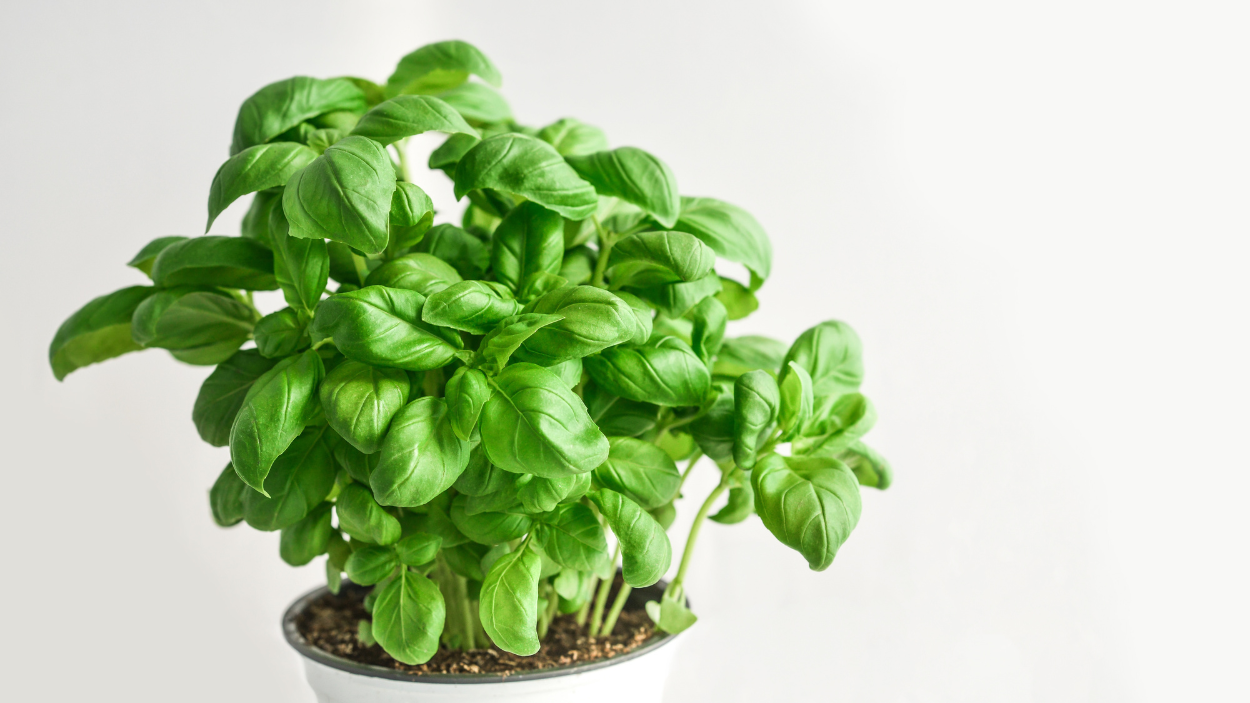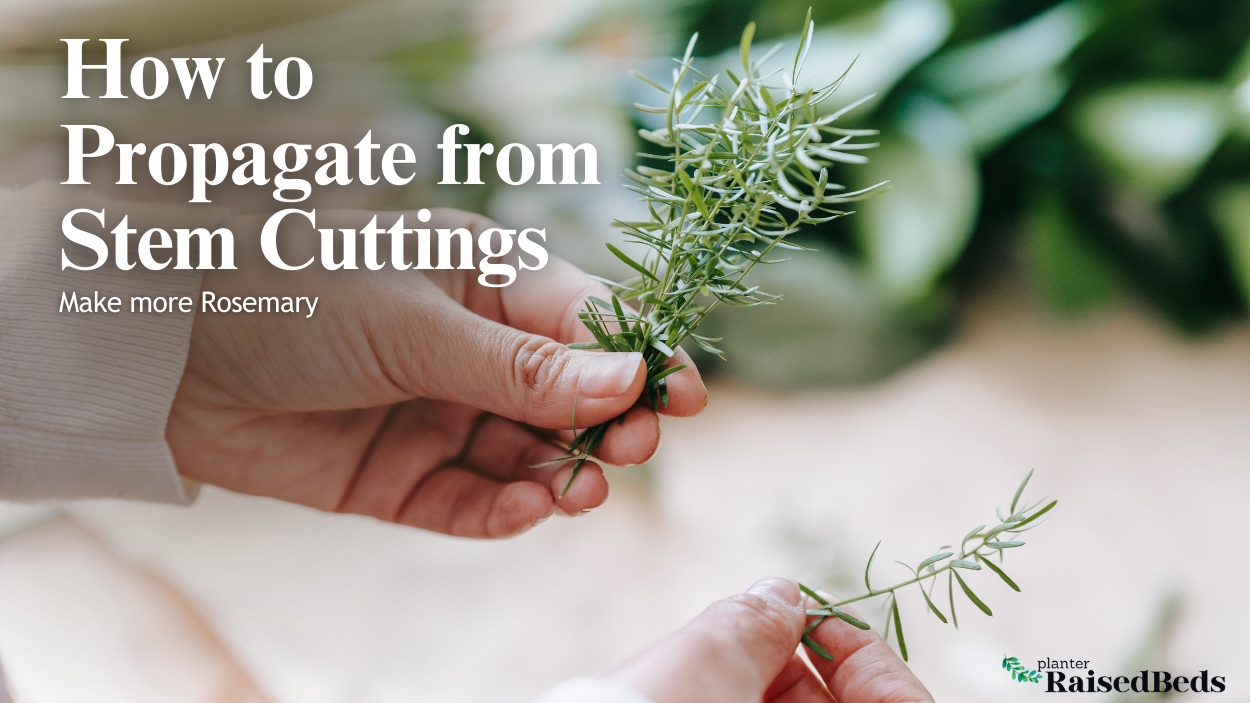
ABOUT BASIL
Basil is a plant in the mint family. The tree is 30 – 50 cm tall. Leaves are dark green and have a strong taste. Basil has many varieties: large leaf basil, small leaf basil, leaves and stems are all green or purple.
BASIL GROWING
How to grow, care and harvest basil is extremely easy. You can choose to grow basil by cuttings or seeding. The cuttings will quickly harvest, but the tree will also age quickly. Growing basil plants by sowing seeds can begin to harvest after 2 months of planting. If you take good care of the tree, it will grow and give a regular harvest.

To be able to sow basil, it is necessary to prepare clean soil, and fertilizers and take good care of the plants to grow at the seedling stage when the mature plants need to be harvested scientifically to be able to continuously harvest year-round.
Choose loose soil, rich in nutrients, pH the soil about 6 – 7 is the best. Seeds can be sown on the garden ground or in raised garden beds.

The seeds will germinate after 10 days of sowing in the soil, and after 20 days when the seedlings reach a height of about 20 cm, cut the tops to stimulate branching to create more leaves during the harvest.
BASIL CARING
Basil is a moisture-loving plant. Make sure the soil you use is one that can hold moisture well and is full of nutrients. For areas with high temperatures, you should use screens or mulch to limit evaporation.
Regular watering twice a day, for the dry period of summer needs to increase the frequency. It is better if watering in the morning and afternoon.
Cut off the middle bud to prevent premature flowering. If flowers grow, just cut them off.
Basil eats leaves and tops, so when taking care of it, it is necessary to add more protein to the plant to develop its leaves, you can use organic fertilizer to fertilize the pot.
Do not plant basils too thickly or apply too much nitrogen fertilizer, which will attract pests to attack the tree, affecting the growth of the plant.
During the care process, it is necessary to adjust the amount of fertilizer reasonably, when the plants show signs of yellow leaves or do not go to the top, they need to add more fertilizer, stimulate the tree to go to the top, and grow more leaves.
BASIL RECOMMENDED VARIETIES

BASIL HARVESTING
When the plant reaches about 6 inches tall and produces many leaves, you proceed to harvest for use.

Use scissors (or you can use your hand) to cut leaves on the branches. It is recommended that you pick them up in the morning because at that time the leaves are of the best quality.

This is a plant that can use both leaves and tops. When harvesting, cut the tops (even don't use them) to stimulate the plant to grow more.
Regularly trim leaves and cut tops to keep the plant growing. Leaves that are not used up, you can use them all, you can store them in the refrigerator, or dry them.
PESTS/DISEASES

Basil is often attacked by some pests and eats their leaves, eat the tops, and you should catch them by hand, worms usually eat mainly in the evening and early morning, catching at this time is the best.
If the tree is attacked by aphids, it is necessary to cut off that leaf, the tree will produce new buds and leaves immediately, when the area is large and the tree is abundant, pesticides can be used to spray insecticides. When planting, it is necessary to limit the pests that attack the tree.




